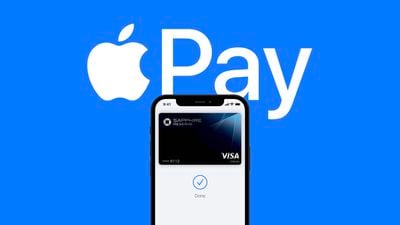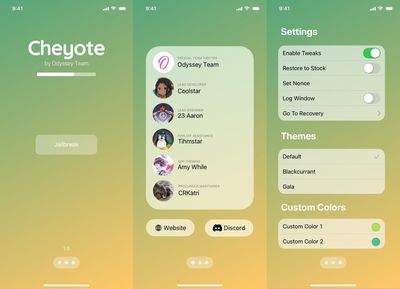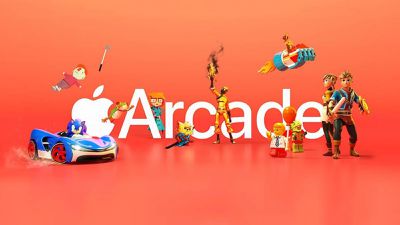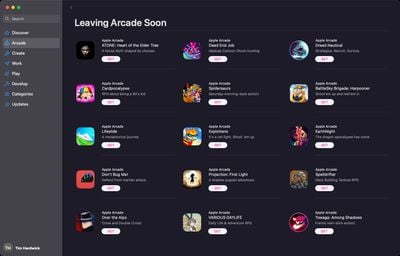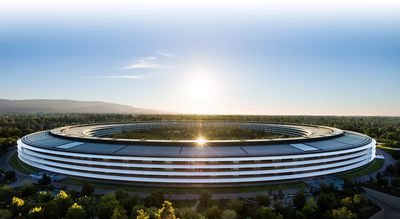Apple has expanded its smartphone market share in China on the back of strong iPhone 13 sales, despite a slowdown in the Chinese mobile market as a whole this year.
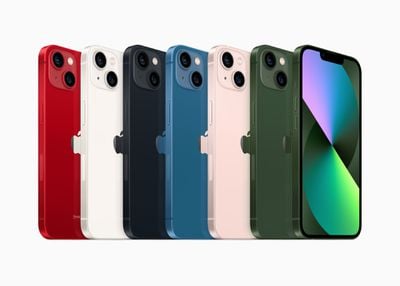
According to Strategy Analytics, 14 million smartphones were sold during the country's annual "6.18" online shopping festival in June, down 25% year on year. Chinese brands including Xiaomi, Oppo and Vivo all experienced substantial shipment drops, but iPhone sales remained relatively stable.
Apple outperformed its rivals, selling nearly 7 million iPhones during the festival, and the company was ranked top by revenue share across all major merchant platforms. "Apple solidified the leadership at the expense of Chinese brands," said the industry analyst firm.
The market in China reflects a global trend: According to a recent Canalys report, worldwide smartphone shipments fell 9% year on year in the second quarter of 2022, and yet Apple achieved 17% market share, up by 3% year on year. While Samsung also increased its share to 21% by the same amount, Chinese vendors Xiaomi, Oppo, and Vivo all saw their share of the market drop to drop to 14%, 10% and 9%, respectively.
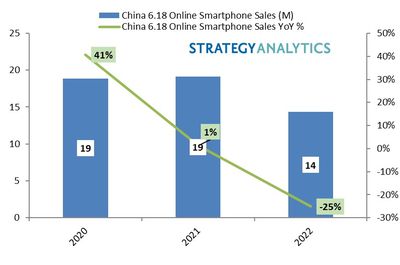
The data shows surprisingly resilient iPhone 13 demand in China despite the widespread supply chain issues and economic headwinds affecting the tech industry. Apple analyst Ming-Chi Kuo believes iPhone 14 demand is expected to maintain Apple's momentum, particularly given Huawei's exit from the Chinese high-end 5G smartphone market, which Apple now dominates.
All in all, Apple's position in the Chinese market is looking like good news for the iPhone 14, which is expected to launch this September. The lineup is expected to include the 6.1-inch iPhone 14, 6.7-inch iPhone 14 Max, 6.1-inch iPhone 14 Pro, and 6.7-inch iPhone 14 Pro Max.



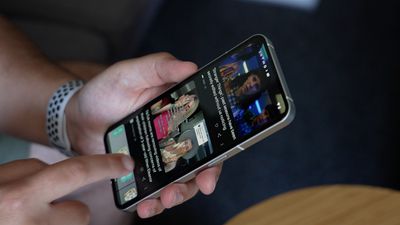

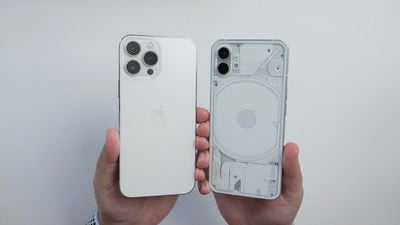
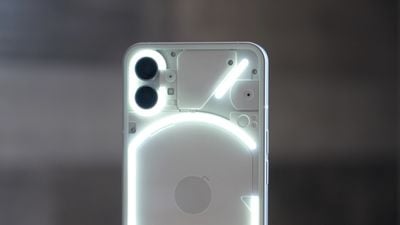
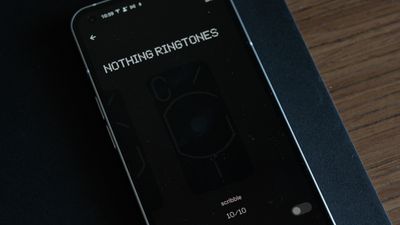
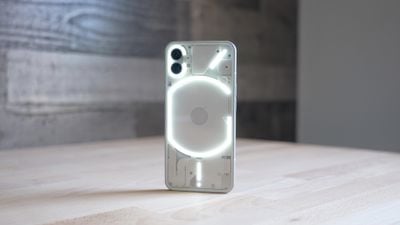
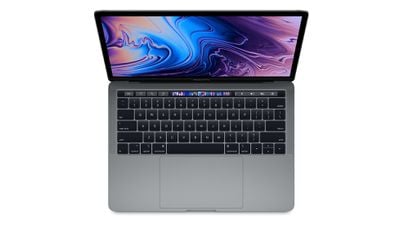
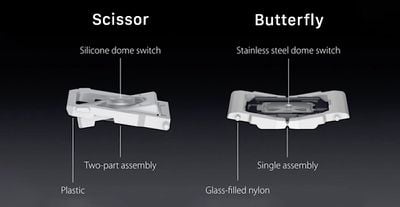
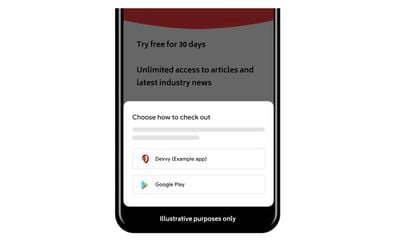
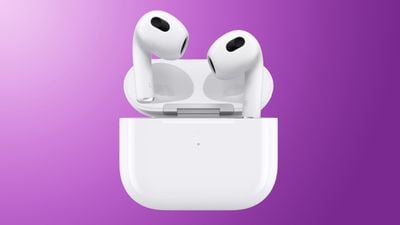 Note: MacRumors is an affiliate partner with some of these vendors. When you click a link and make a purchase, we may receive a small payment, which helps us keep the site running.
Note: MacRumors is an affiliate partner with some of these vendors. When you click a link and make a purchase, we may receive a small payment, which helps us keep the site running.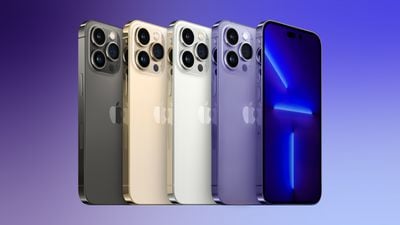
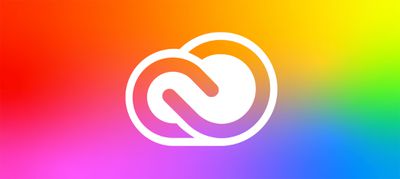 Note: MacRumors is an affiliate partner with Adobe. When you click a link and make a purchase, we may receive a small payment, which helps us keep the site running.
Note: MacRumors is an affiliate partner with Adobe. When you click a link and make a purchase, we may receive a small payment, which helps us keep the site running.